When the P1326 error code arises, it often signals vibrations hinting at excessive wear in the connecting rod bearing. Such disturbances can be identified with the assistance of the KSDS (Knock Sensor Detection System).
This tool is essential as it forewarns the driver of an impending phase of bearing wear that could lead to serious engine damage. If the wear becomes persistent enough to produce continuous vibrations, the MIL (Malfunction Indicator Lamp) begins to flash without pause.
This is an immediate sign for the driver to be alert. Additionally, a specific DTC code detailing the root cause is generated.
Understanding of P1326 Hyundai Sonata Code
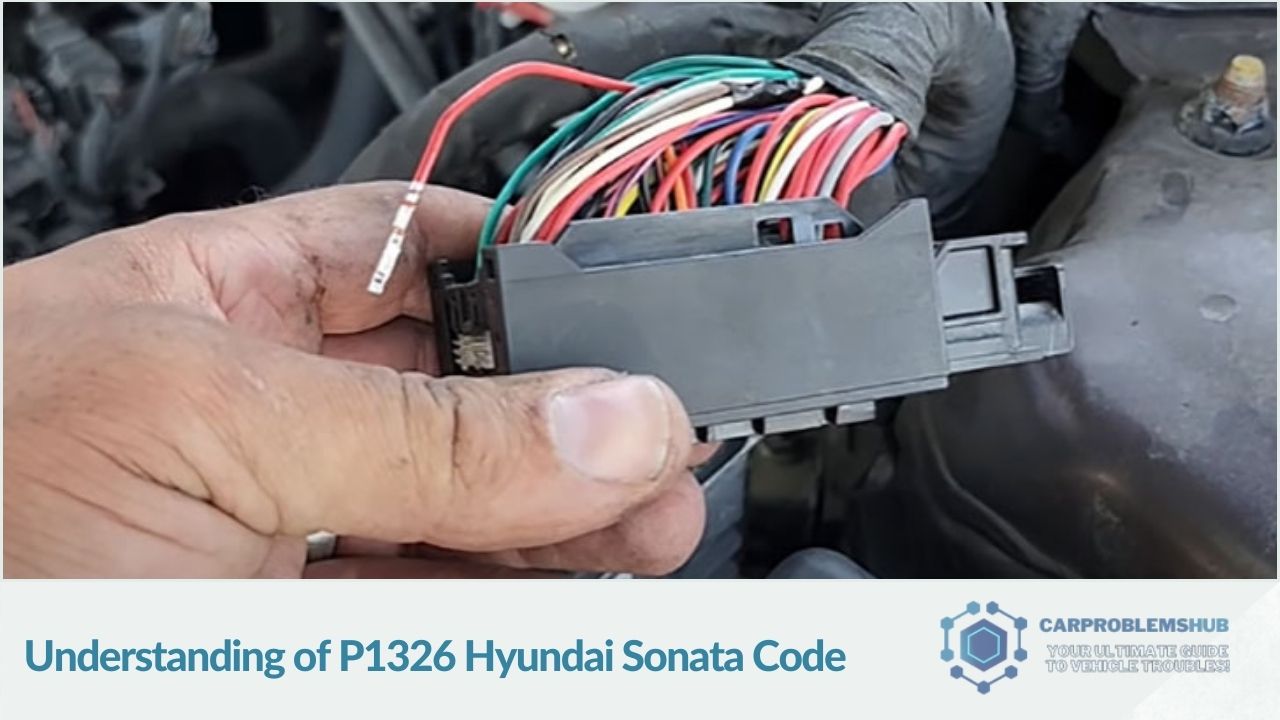
There are several potential culprits behind the P1326 error code:
- Damage to the detonation sensor cables or connectors.
- A malfunctioning sensor.
- An engine in declining health.
- There is a potential need to reprogram the ECM (Engine Control Module).
- Overloading of the AC.
Assessing the P1326 Hyundai Sonata Error Code
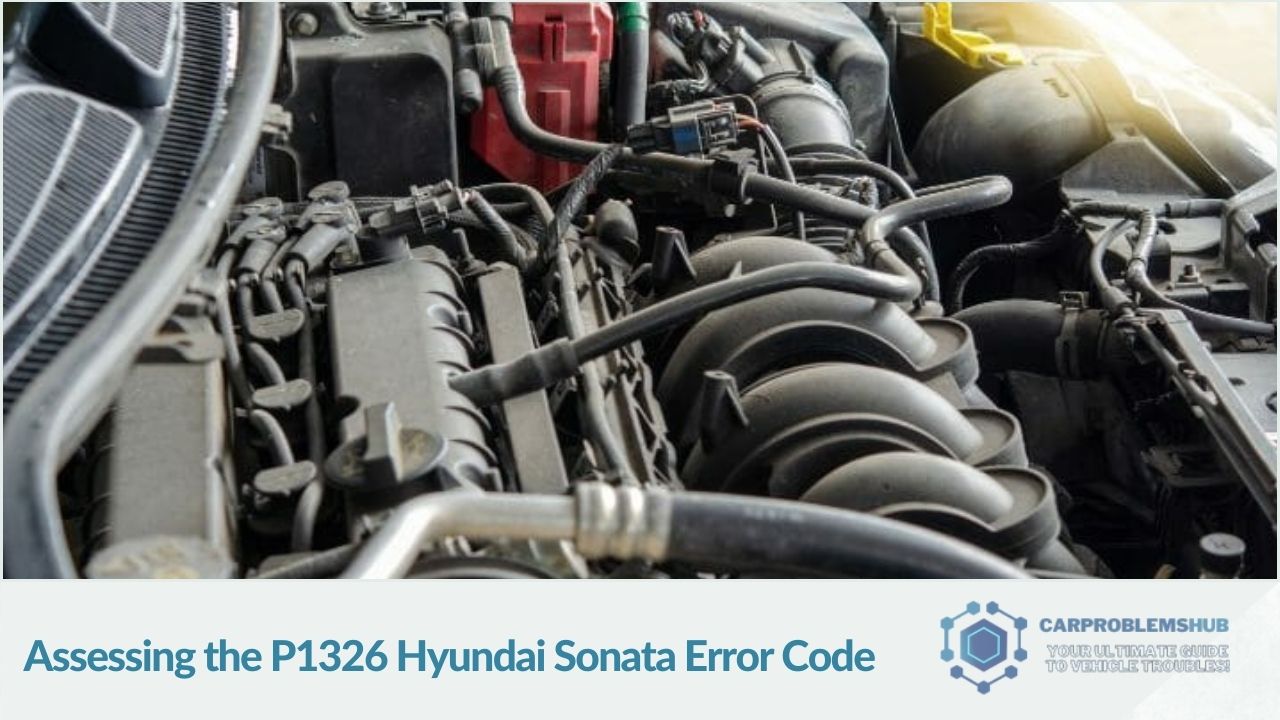
While many vehicle errors might be treated with a passing glance, the P1326 code isn't one of them. It's an alarm signaling a potential threshold crossed towards engine damage.
This code, exclusive to Kia and Hyundai vehicles, isn't a mere inconvenience. Its appearance warns drivers of abnormalities that, if unchecked, could escalate into serious concerns.
A steadily lit Check Engine Light might allow for a cautious drive home, but should that light commence a worrisome flicker, immediate action, such as halting the vehicle and seeking professional aid, becomes paramount.
Decoding the P1326 Hyundai Sonata OBD-II Engine Trouble Code
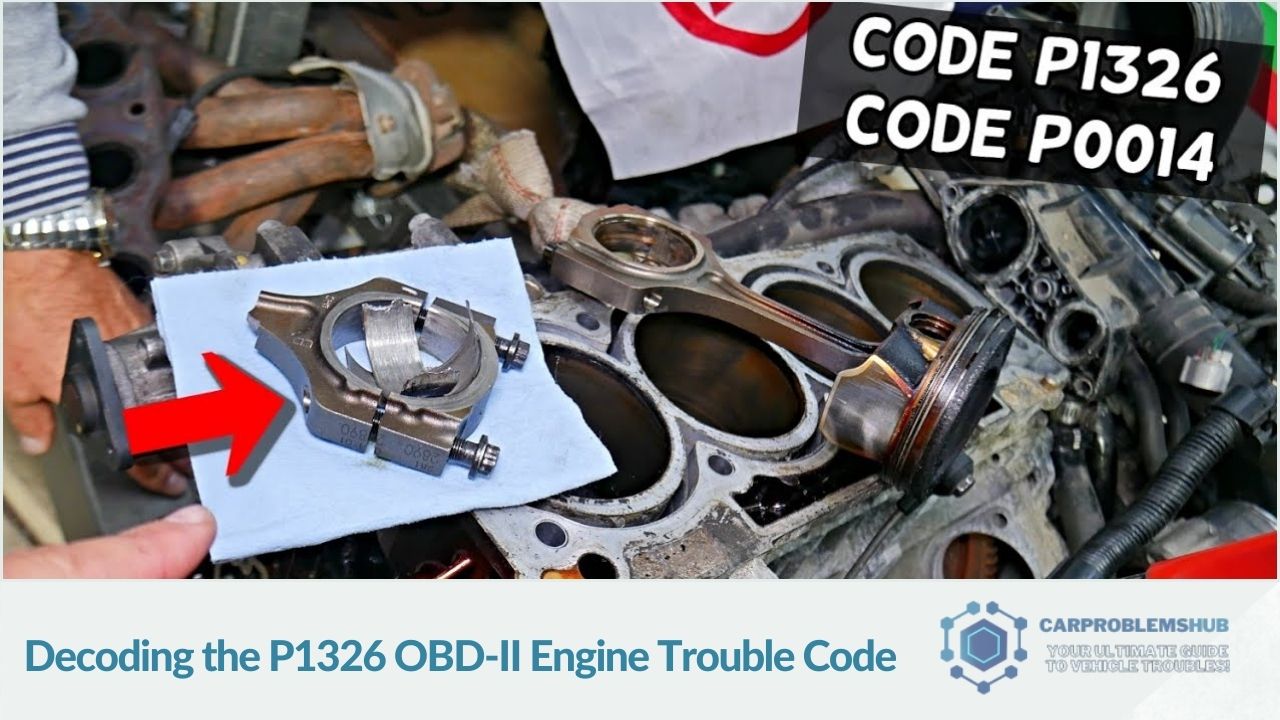
The P1326 code indicates a Fuel Rail Pressure Sensor Circuit Malfunction. This code in vehicles equipped with electronic automatic transmissions signifies that the 3-4 shift solenoid activates the hydraulic circuits. These circuits, in turn, activate clutches or bands, facilitating gear changes within the automatic transmission.
Deciphering P1326 Hyundai Sonata Error Code
If there's interference in the wiring signal, the DTC P1326 may be detected. Should there be a need for an engine replacement, the Sub Engine Assembly (long block) should be the go-to solution.
What is Hyundai's "Limp Mode"?
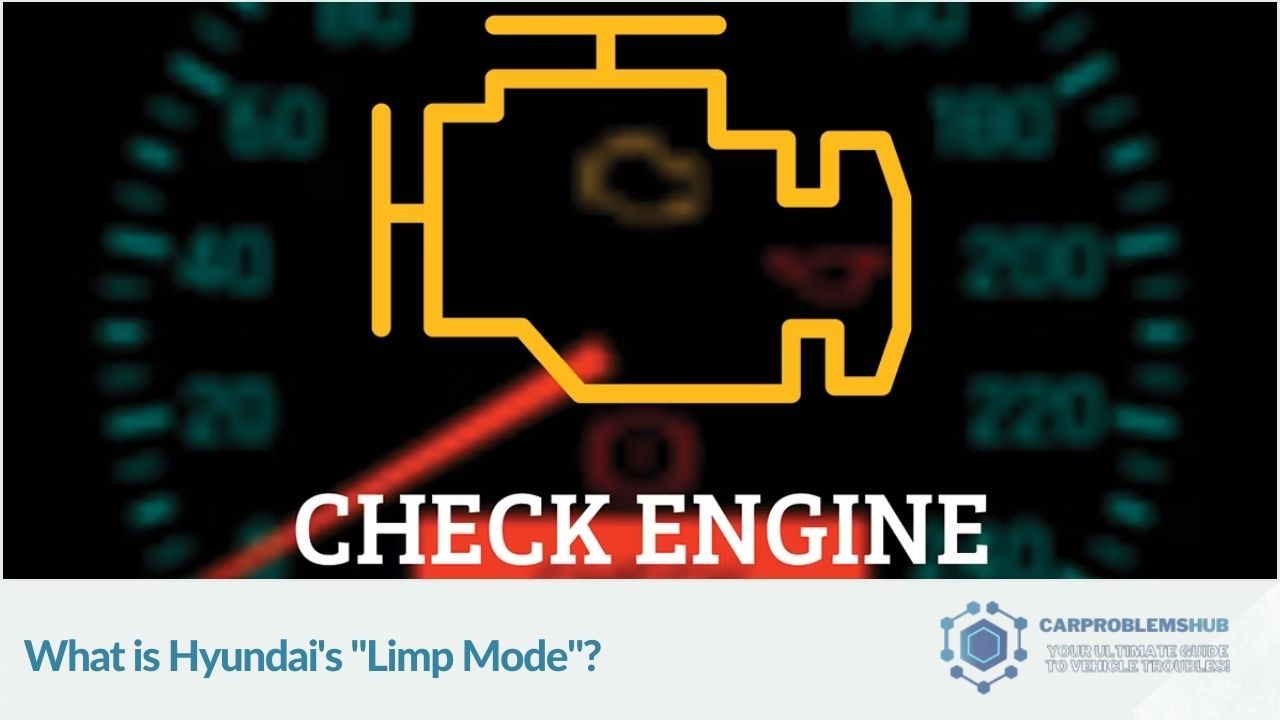
The "limp mode" or "limp home mode" is a vehicle safety feature. It activates when the engine or transmission control unit spots a malfunction. The vehicle's speed is restricted when this mode is engaged, and non-essential systems like air conditioning might be deactivated.
Significance of a Blinking Check Engine Light in Hyundai Sonata
A flashing check engine light in a Hyundai signals an urgent issue. More often than not, it indicates a severe engine misfire, causing unburned fuel to be released into the exhaust system.
Key Indicators of Sensor Circuit Dysfunction
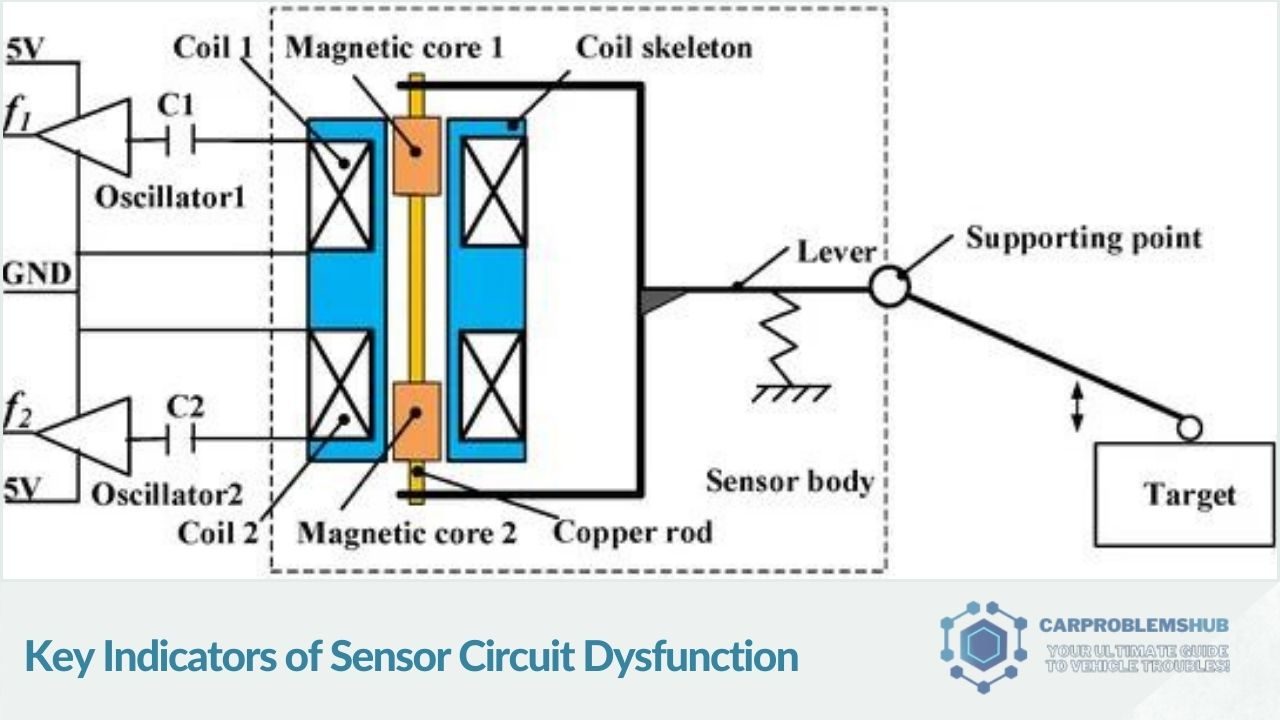
Several unnoticed factors can trigger the P1326 error code:
- Persistent activation of the check engine light.
- A feeling of powerlessness.
- Inconsistent idle or halting operations.
- Constant illumination of MIL (malfunction indicator lamp).
- Struggles during engine startup.
- A combination of both unstable idling and stalling.
- Various other driving challenges.
Steps to Accurately Identify Sensor Circuit Issues
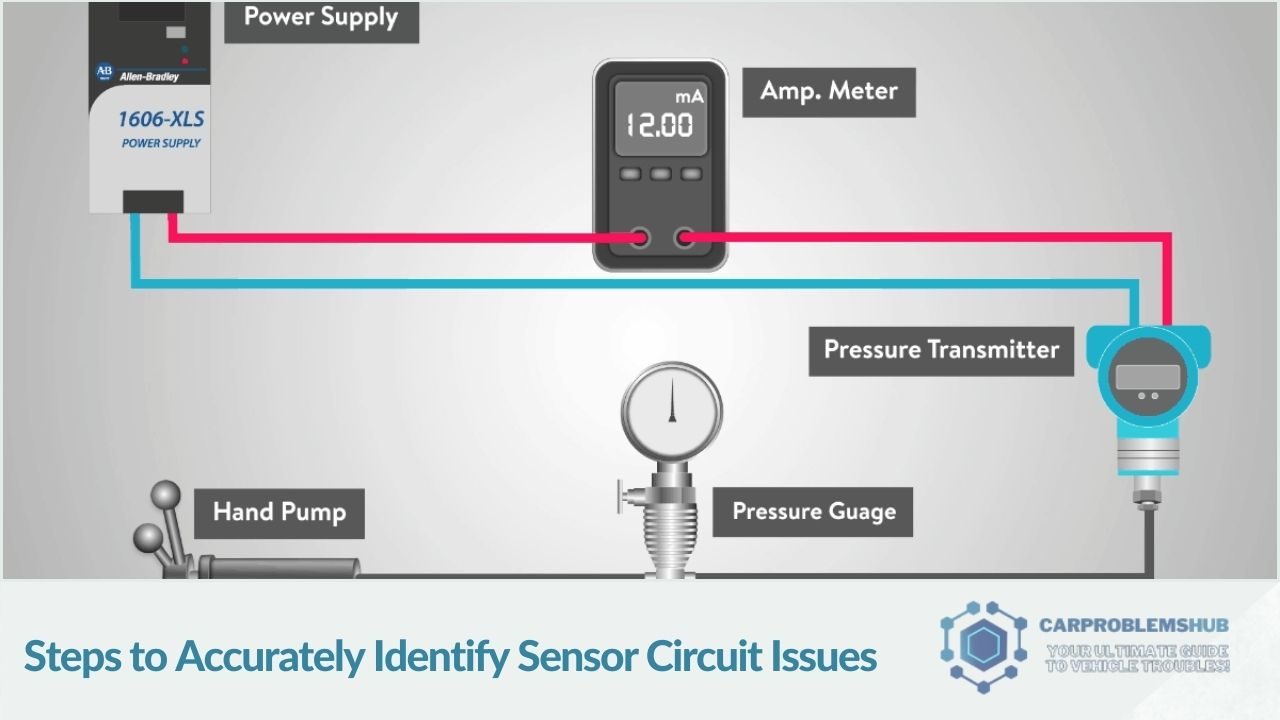
Expertise is essential to pinpoint a sensor circuit malfunction. Experienced individuals will:
- Confirm the presence of the P1326 error code.
- Initially reset the Engine Control Module.
- Ensure no other active DTCs.
- Inspect the knock sensor, wire harness, and ECM for any disconnections.
- Turn the ignition key ON without the engine starting, check its rotation, and switch it OFF.
- The knock sensor should be replaced if an open or short circuit is identified. If the PCM indicates P1326, one should inspect each plug wire and coil pack for a spark. Examining fuel pressure and injector pulse waveform during engine cranking is crucial.
Cost Implications of Diagnosing Sensor Circuit Issues
Addressing a P1326 code can cost anywhere from $225 to over $1500. The price varies based on the parts required and labor hours. Some vehicles might not accommodate alternative components, even with similar symptoms. The cost hinges significantly on the diagnostic time and corrective measures.
Knock sensors typically range from $100 to $300. However, the installation might add an extra $45 to $200, contingent on location and service provider.
How to Deal with Error Code P1326 Hyundai Sonata
Experts can swiftly handle sensor circuit malfunctions using certain strategies:
- Review Technical Service Bulletins.
- Utilize a car scanner to cross-check for more DTCs related to P1326.
- Scrutinize the wires and connectors linked to the Detonation Sensor. Repair or replace if needed.
- Test the Knock Sensor voltages to ascertain the circuit's condition.
- Evaluate the detonation sensor per manufacturer guidelines, replacing it if found faulty.
- Ensure that the Knock Sensor circuit is functioning correctly.
- Examine the engine for any mechanical flaws, especially those pointing to P1326.
Common Oversights in Sensor Circuit Diagnosis
Mistakes can happen, such as:
- Over-reliance on data from various trouble codes.
- Blind trust in scanning techniques.
- Misjudging the root cause of an issue.
- Neglecting other DTCs that might influence the P1326 code.
- Overlooking wear and tear or contaminant-induced damages.
- Not adhering to recommended repair practices, including specific fluids, cleaners, and lubricants.
🆕 Fresh content: C1201 Code Toyota and Lexus
Learn more about the P1E00 Chevy Volt Code of interest to Chevy vehicle owners.
Was this page helpful?

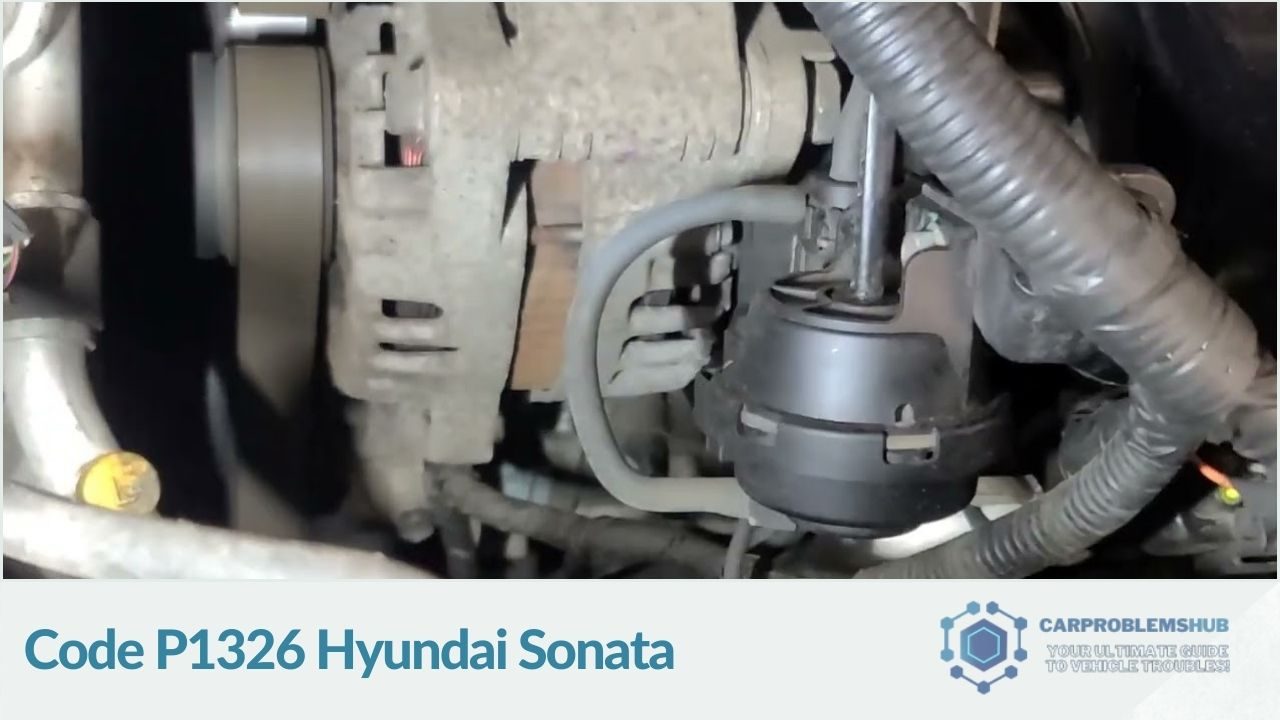
Similar Problems in Other Models
2019 Hyundai Tucson Problems: What Owners Should Know
Hyundai Genesis Coupe 3.8 Engine Problems and Causes
Hyundai Nu 2.0 GDI Engine Problems and Solutions
Hyundai Anti Theft Software Update Problems: How to Fix?
Hyundai Climate Control Problems and Solutions
Hyundai Tailgate Lock Problems: Causes and Solutions
Hyundai Genesis Push Button Start Problems and Solutions
Hyundai Electronic Parking Brake Problems and Causes
Hyundai CVVT Problems: A Fixing Guide
Hyundai Santa Fe Power Liftgate Problems and Causes
Car News and Reviews
Would you like to take a look at the car news and reviews we have carefully selected and published for you?
GM's Big Road Network for Hands-Free Driving
DTC C0561-71 Vacuum Sensor Code on GM, GMC and Chevy
C1201 Code Toyota and Lexus (Causes and Solutions)
Chrysler Auto Start Stop Warning Light (Causes and Solutions)
2024 Ford Mustang GT: Digital Age Meets Classic Power
The 2024 Chevrolet Silverado 2500HD ZR2: An Off-Road Marvel
2024 Chevy Colorado ZR2 Bison: The Ultimate Off-Road Experience
The 2024 Lucid Air Sapphire Track Drive Experience
2024 Subaru Forester Review, Specs, Price, Release Date
Maruti Suzuki Swift Long Term Review: A Detailed Journey